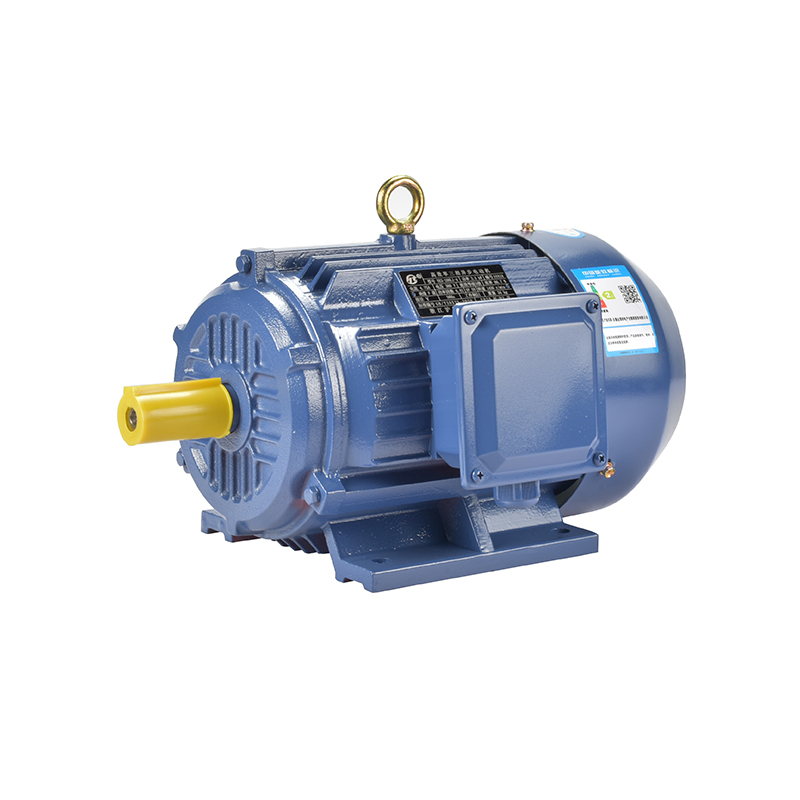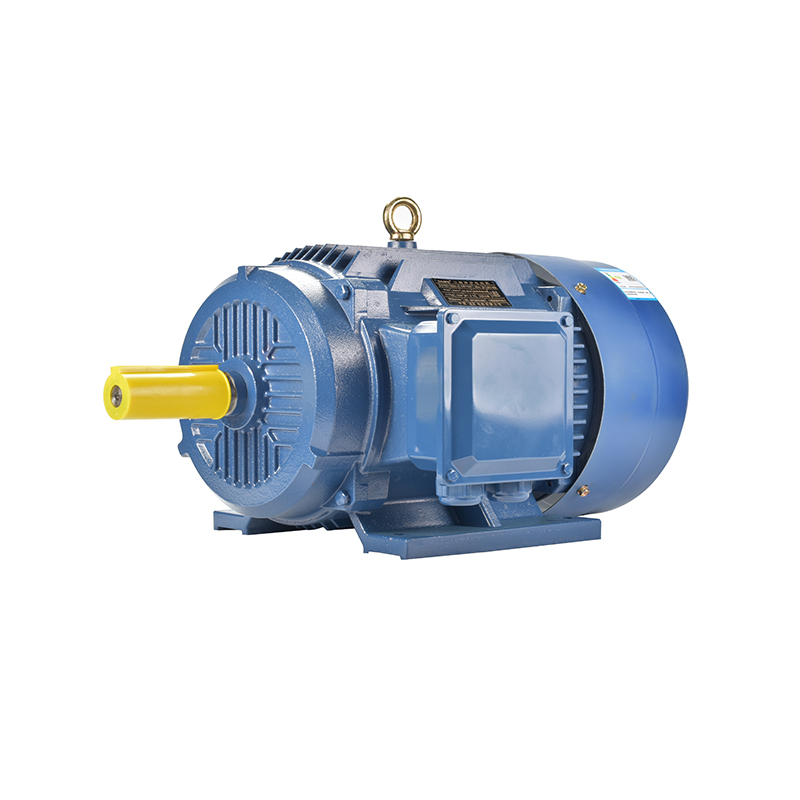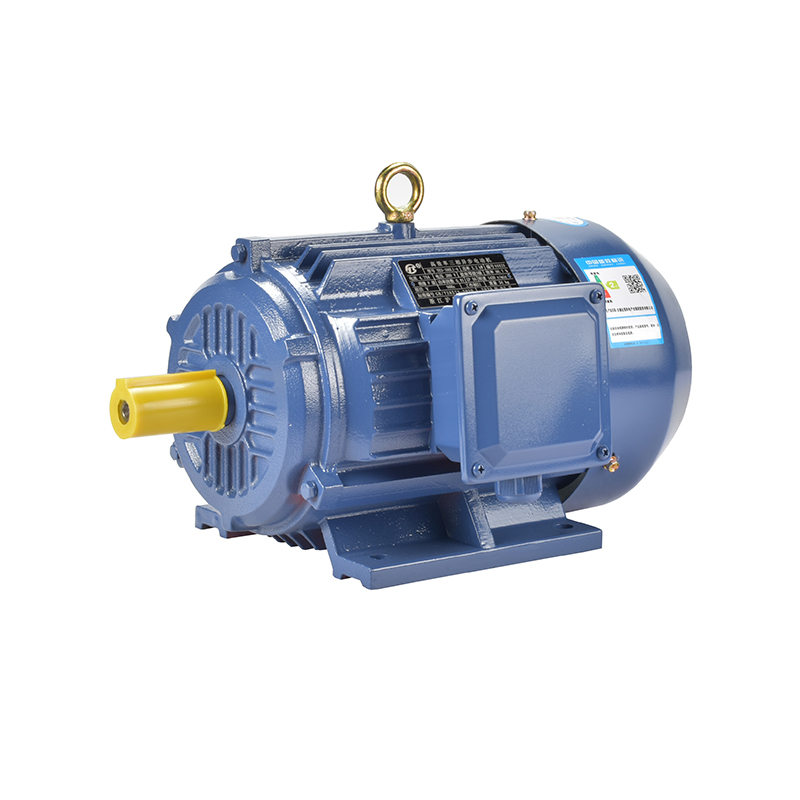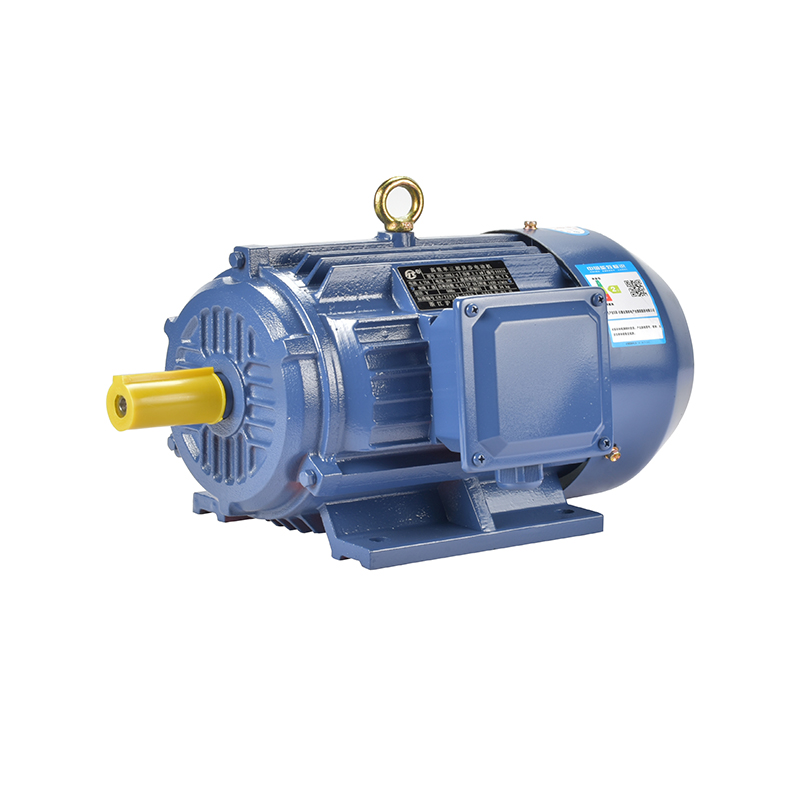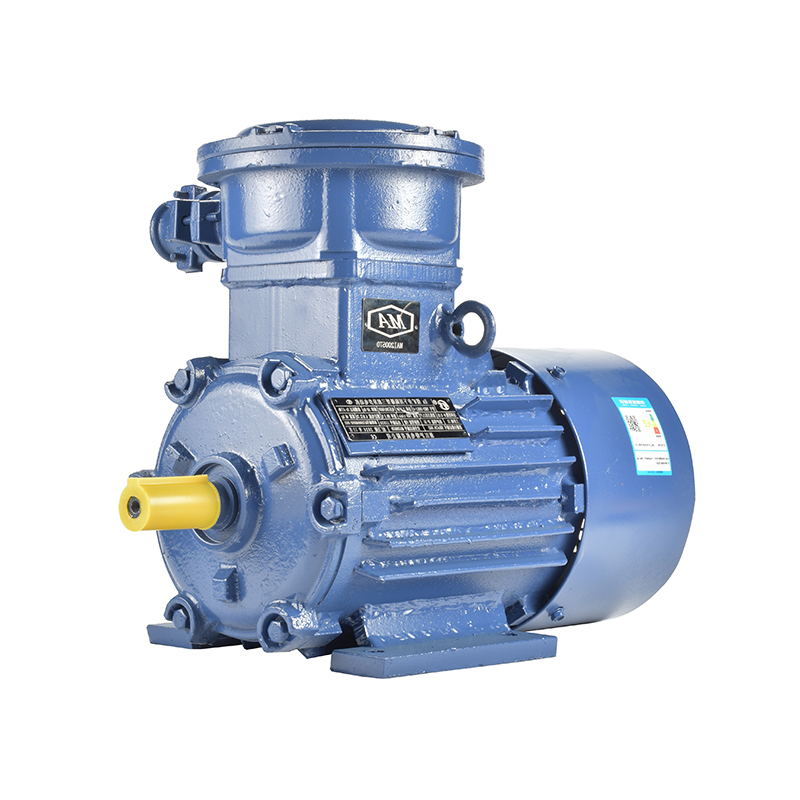Basic structure of a permanent magnet motor
Permanent magnet synchronous motor is a motor made of permanent magnet material and generates a magnetic field by excitation of the permanent magnet. It mainly consists of a stator, rotor, casing, front and rear end caps, bearings, and so on.

The structural characteristics of a permanent magnet synchronous motor:
The permanent magnet synchronous motor structure and the ordinary asynchronous motor structure are basically the same; the main difference is in the rotor.
The rotor surface (SPM) or internal embedded (IPM) with pre-magnetized (magnetized) permanent magnet material can provide the necessary air gap magnetic field for the motor.
Advantages: Effectively reduces the size of the motor, reduces losses, and improves efficiency.
Permanent magnet synchronous motors (PMSMs) have gained significant attention in various industries due to their efficiency and compact design. Unlike traditional asynchronous motors, the permanent synchronous magnet motor uses magnets embedded in or mounted on the rotor to create a constant magnetic field, which eliminates the need for rotor windings and excitation currents. This fundamental difference results in several operational benefits that have made the permanent synchronous magnet motor a preferred choice in many applications.
One of the key features of the permanent magnet synchronous motor is its high power density. Because the rotor's magnetic field is generated by permanent magnets, the motor can maintain a strong magnetic flux without the additional energy consumption that excitation systems typically require. This allows the permanent synchronous magnet motor to be smaller and lighter than an equivalent asynchronous motor, while still delivering comparable or improved performance.
Moreover, the efficiency of permanent magnet synchronous motors tends to be higher than that of induction motors under similar conditions. This efficiency gain stems from the reduction of losses within the motor. Since there is no rotor current in the permanent magnet motor synchronous design, rotor copper losses are eliminated. The resulting energy savings can be significant, especially in applications requiring continuous or heavy-duty operation.
In terms of control, permanent magnet synchronous motors are compatible with advanced drive systems that allow for precise speed and torque regulation. This feature is particularly valuable in applications such as robotics, electric vehicles, and CNC machinery, where performance and responsiveness are crucial. The use of sophisticated control algorithms enables the permanent magnet synchronous motor to operate smoothly over a wide speed range while maintaining efficiency.
Another advantage of the permanent synchronous magnet motor is its reliability. The absence of brushes or slip rings in more designs reduces maintenance requirements and the risk of mechanical failure. The sealed construction of many permanent magnet synchronous motors also protects internal components from dust, moisture, and other environmental factors, contributing to longer service life.
Thermal management is another important consideration in the design of permanent magnet synchronous motors. Since these motors typically generate less heat due to their efficient operation, they can operate at higher power densities without the need for extensive cooling systems. This benefit further supports their use in compact or confined spaces.
However, the permanent magnet synchronous motor does have some challenges. One is the cost of the permanent magnet materials themselves, especially those made with rare earth elements. These materials can represent a significant portion of the motor’s total cost and are subject to market fluctuations. Manufacturers continue to explore alternative magnet compositions and motor designs to reduce reliance on expensive materials while maintaining performance.
Another consideration is the demagnetization risk. Under certain conditions, such as excessive temperature or mechanical shock, the permanent magnets in the rotor can lose some of their magnetization. Proper design, material selection, and protective measures are essential to mitigate this risk and ensure consistent motor operation.
In conclusion, the permanent magnet synchronous motor offers a combination of efficiency, size reduction, and reliable performance that makes it suitable for a wide range of industrial and commercial applications. Its design, centered around the permanent magnets embedded in the rotor, distinguishes it from other motor types and provides unique advantages. As control technologies and material science continue to advance, the permanent magnet synchronous motor is likely to see broader adoption and further improvements in the future.
-
Feedback



 English
English русский
русский Español
Español عربى
عربى

